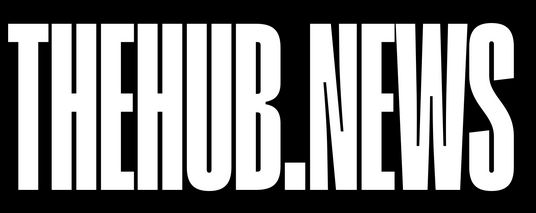Black women have consistently been at the forefront of almost every civil, political and cultural activist movement in America.
Having created and held leadership roles in movements like the Black Panther Party for Self-Defense, Black Lives Matter, the Black Alliance for Just Immigration and Say Her Name, Black female pioneers continue to play an important role in the fight to bring attention to gender identity, classism, racism and sexism.
And when it comes to addressing the prejudiced systems that are so deeply rooted in the fashion industry specifically, that visionary is none other than Bethann Hardison, a.k.a. the Mother of Black Fashion.
On the strength of a trailblazing modeling career in the 1960s and 70s, Hardison started her own eponymous modeling agency, becoming one of the most powerful agents of the 90s. She discovered and fostered an elite group of Black models who were responsible for the term “supermodel” being coined but, when flagrantly racist casting practices caused a gross lack of diversity in magazines, ad campaigns and on fashion runways, she boldly called it out, bringing about a seismic shift for good.
Hardison’s extraordinary life is an inspiring period of teaching how to transform progressive change from within the system, and her approach can now be explored and studied in the thrilling new documentary “Invisible Beauty”.
She serves as co-writer and director along with noted fashion documentarian Frédéric Tcheng, to deliver a raw and honest story that does not draw a veil over her more vulnerable and painful experiences like her fairly strained relationship with her only son, “A Different World” star Kadeem Hardison.
The documentary chronicles Hardison’s childhood, growing up in a strict home in Bedford Stuyvesant, Brooklyn, where she acquired her spirit of activism from her father, an Imam who mentored Malcolm X. After attending the Fashion Institute of Technology and New York University, she found work as a salesperson in New York City’s garment district, where her strikingly androgynous look captured the eye of up-and-coming Black clothing designer Willi Smith.
Smith hired Hardison as a fit model to work behind the scenes, testing new clothing products during his design process, but the attention earned her slots to walk on major fashion runways of the 1970s alongside Iman, Pat Cleveland and Beverly Johnson. But, despite their immense popularity, they often encountered hostility from Southern and European buyers.
The film is filled with industry-heavy hitters, all of whom highly regard and highlight Hardison’s revolutionary impact on fashion during the 90s. When designers were disinclined to at least consider anything but white models, Hardison used her decades-long clout as a fashion insider to advocate for African American models to receive fair representation and bookings. She launched the Bethann Management Agency in 1984 and in 1988 co-founded The Black Girls Coalition with Iman. Her agency was known for discovering and representing many captivating and dynamic-looking models of color from a variety of backgrounds, among them Veronica Webb, Roshumba Williams, Kimora Lee Simmons and Tyson Beckford, the world’s first male supermodel.
In 1996, after tiring of the modeling world, she shut down her agency and moved to Mexico to plan her next move, but when, in the late 90s, the trend for highly individualized models shifted back to more white, clonelike casting, Hardison felt called-back.
Led by Calvin Klein and Prada, the “heroine chic” fad had become all the rage, which launched the popularity of unknown Eastern European models, intentionally excluding those of color.
In 2007, Hardison arranged a bombshell press conference to blast the industry for its blatant racism by exposing casting calls that specifically indicated bigoted, inflammatory prerequisites like “No Blacks, no ethnics”. She then doubled down on her public efforts with an open letter addressed to the Council of Fashion Designers of America (an influential organization dedicated to supporting the growth of the American fashion industry) as well as several fashion governing bodies in London, Paris and Milan in which she called out the overtly discriminatory exercises to feature no or only one token model of color in fashion shows. She then followed her letter with what became known as “The Shame List”, an accounting of high-profile designers who were “guilty of this racist act”, she wrote.
The intervention made a strong statement that reformed discussions on diversity in fashion. The message and conversations still exist in those spaces today.
For anyone who wasn’t fascinated by fashion at the time, “Invisible Beauty” is a revealing account of what went on behind the scenes. It is also a reminder of persistent, centuries-long Eurocentric conditioning and the importance of fearlessly using our voices and platforms to fight the ongoing battle for strong, positive and diverse representation, something Hardison knows all too well: “My objective was always to change the world, it wasn’t just to change fashion,” she says in the documentary. “That was just the tool I had”.
“Invisible Beauty” premiered at the 2023 Sundance Film Festival. It is currently seeking distribution.








